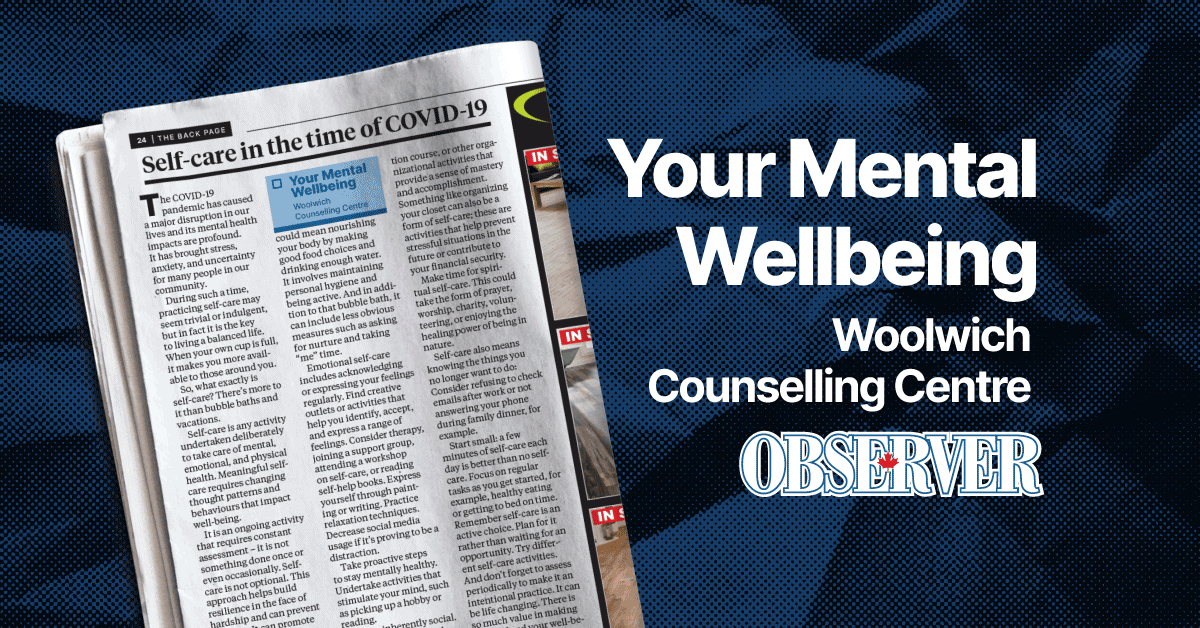;
;
;
Next Article
Metzger, Clayton W.

October is Healthy Workplace Month. This month promotes a healthy mind, body, and organizational culture. Employee mental health is one of the most important issues facing workplaces today. Half a million Canadians miss work each week due to mental illness, according to the Centre for Addiction and
Last updated on May 03, 23
Posted on Oct 27, 22
2 min read
